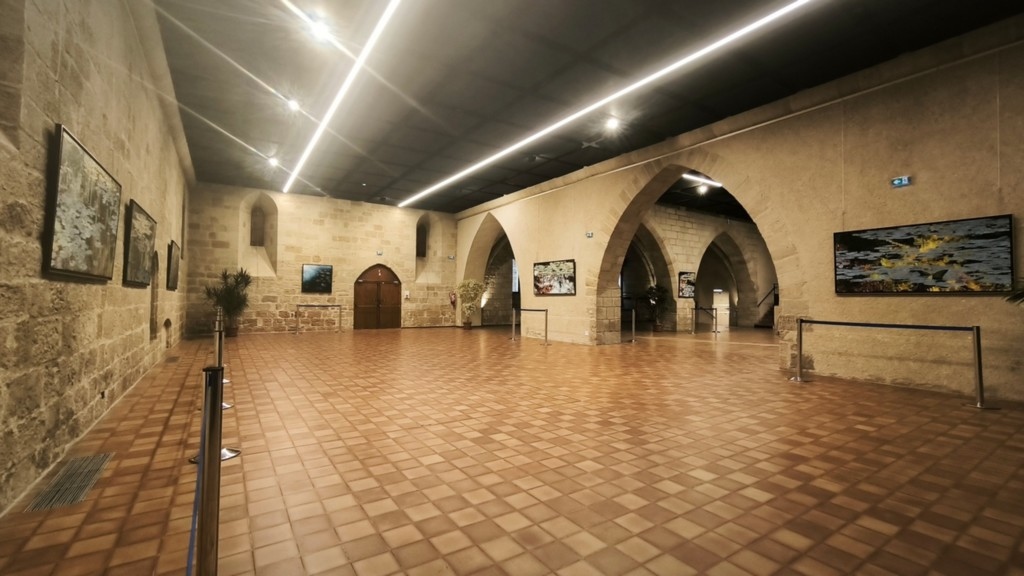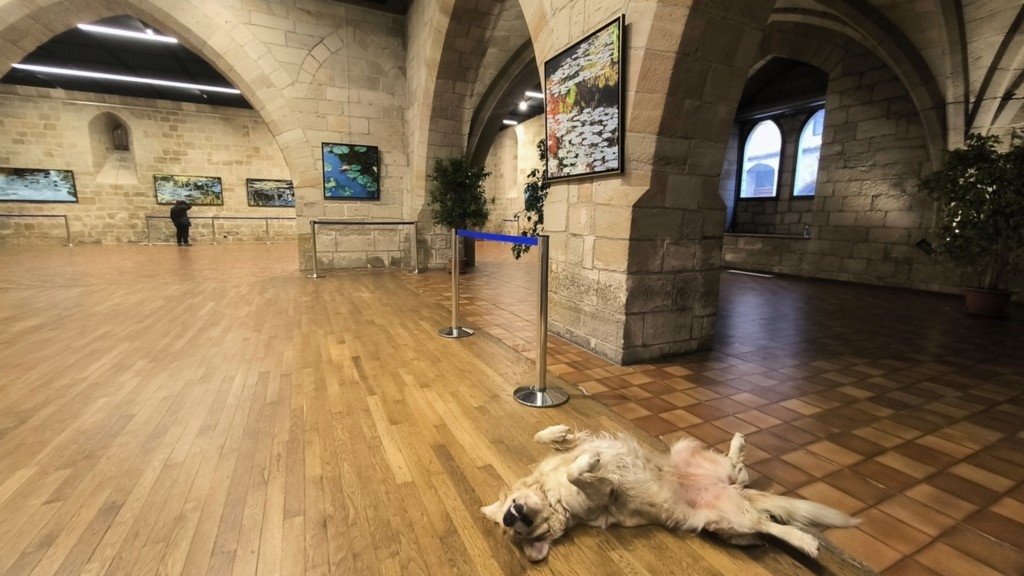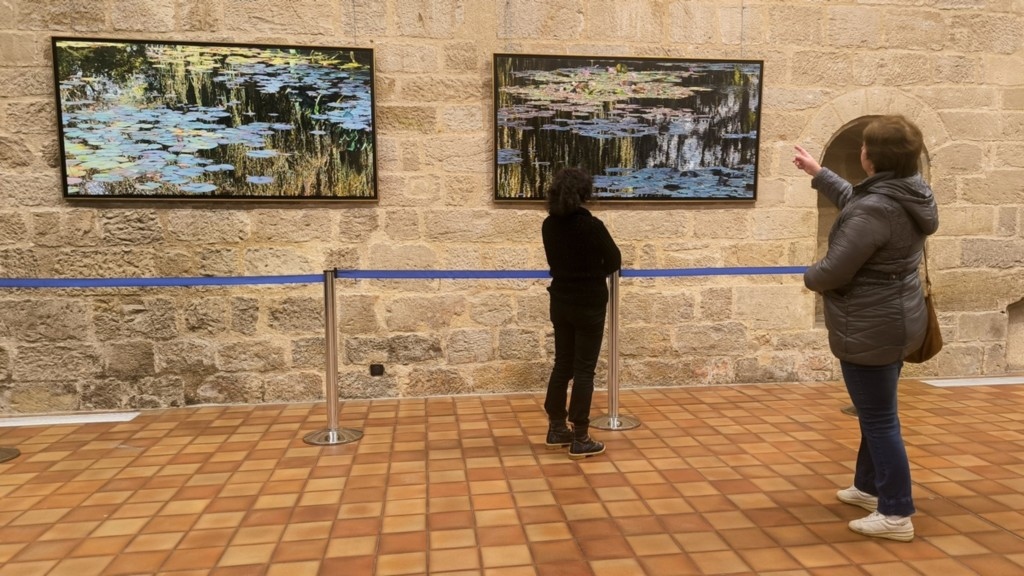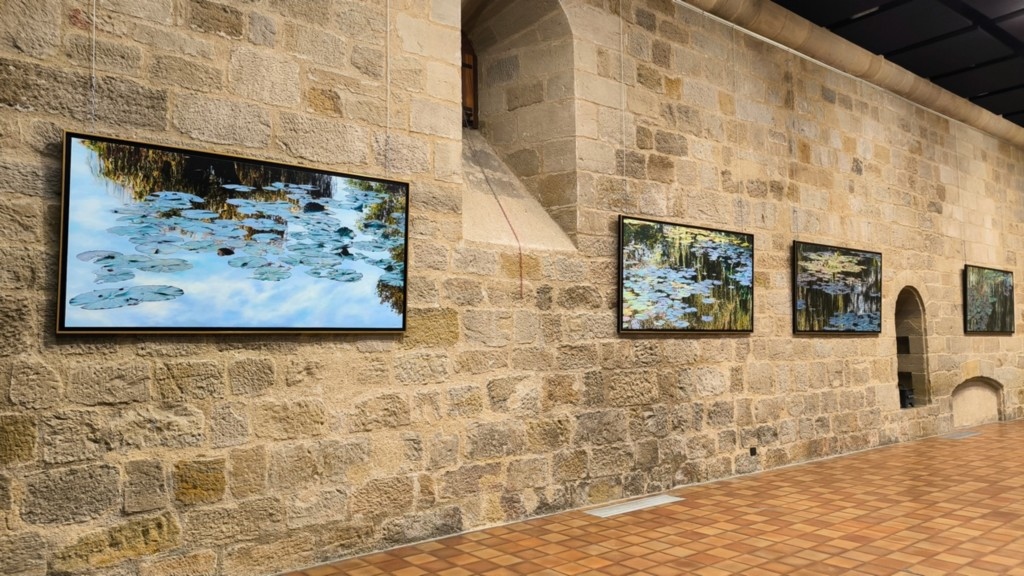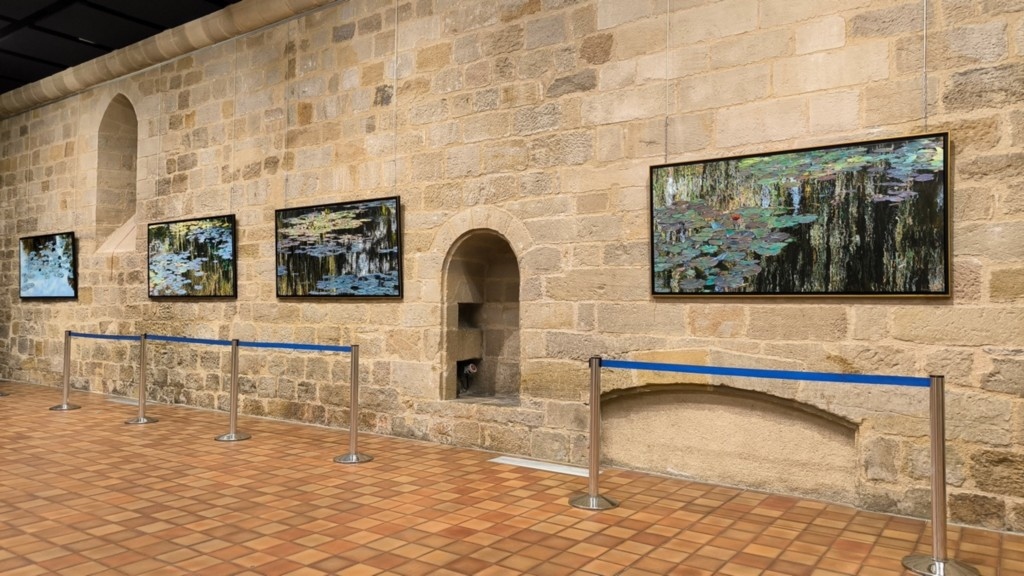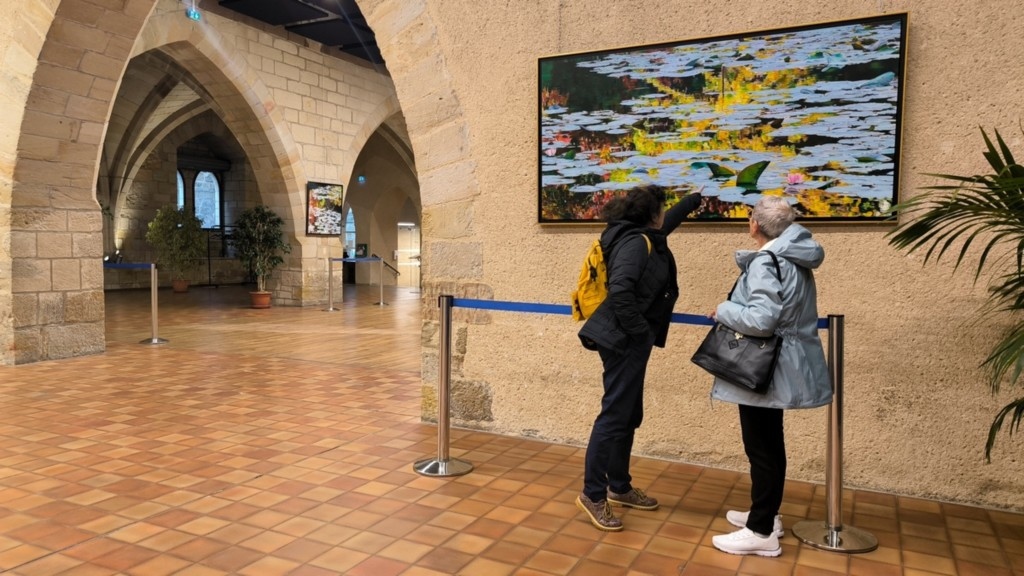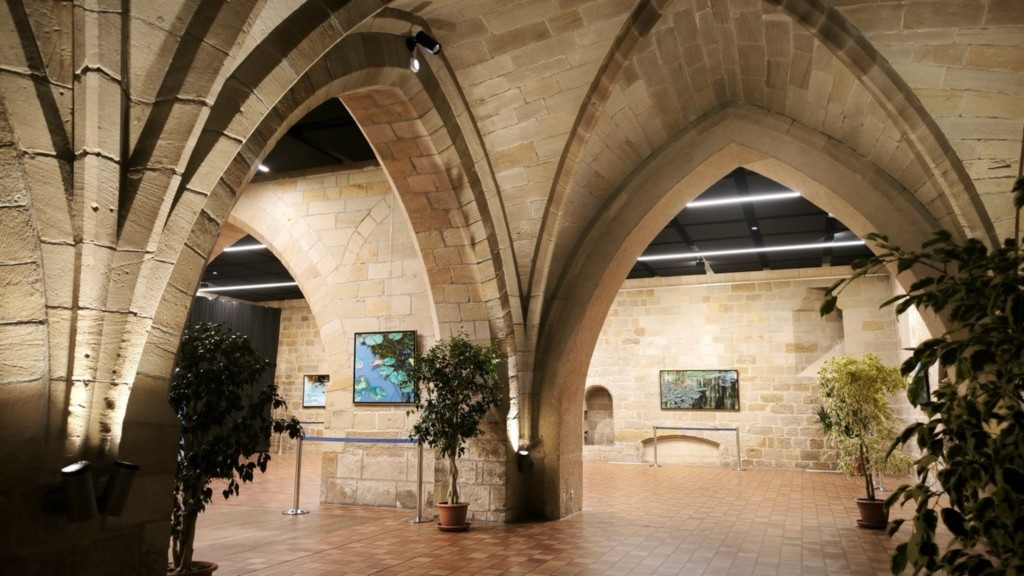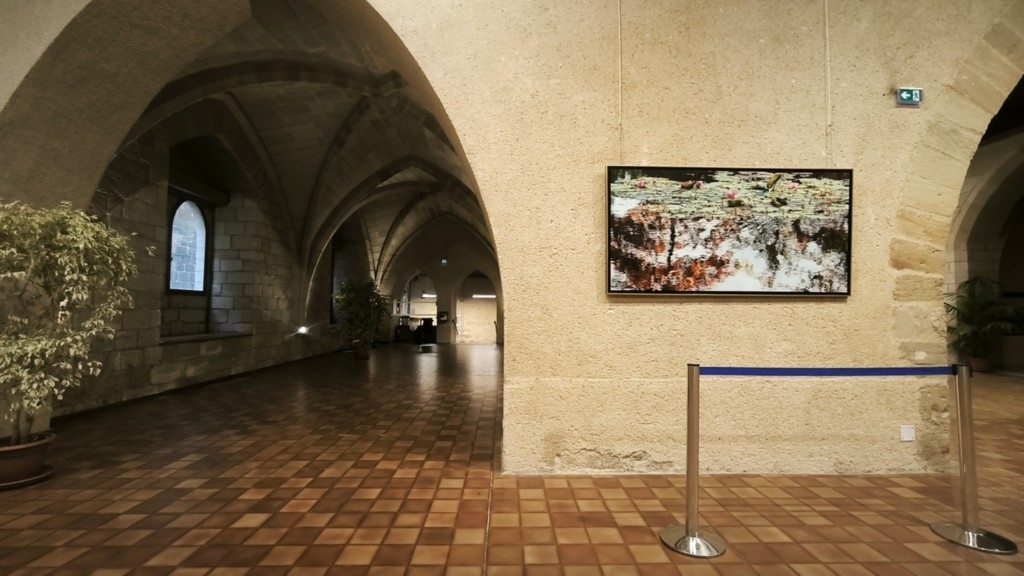Exhibition "palais balène"
figeac - France
NYMPHEUS LUMINANSIS, LES NYMPHEAS DE LA LUMIÈRE - WATERLILIES OF LIGHT by LAURENCE SAUNOIS © 2024

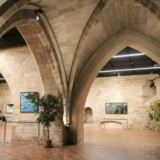
NYMPHEUS LUMINANSIS - SOLO EXHIBITION


An internationally renowned artist from Figeac, Laurence Saunois has established herself over the years as a leading figure in hyperrealistic animal art. Her sensitive eye, mastery of detail, and intimate relationship with living creatures have earned her recognition that now extends beyond our borders.
While the Nympheus Luminansis series was initially inspired by her encounter with Claude Monet's garden in Giverny, it is also in her daily life here in Figeac that Laurence Saunois cultivates and renews her unique sensitivity to the light, colors, and nuances of the natural world. Surrounding her studio, her garden, which she cultivates with passion, forms a laboratory of emotions and perceptions where the sky, flowers, and seasons continually enrich her artistic universe.
The addition of water reflections to her palette opens up a new dimension to her work: an immersive, vibrant painting, where the depth of the water interacts with the light of the sky. Nympheus Luminansis is the masterful culmination of eight years of work of rare excellence, whose power and beauty dazzled the first thousand visitors to the exhibition.
Figeac is proud to count such a renowned artist among its residents. With this museum tour in the United States, a little bit of our city's soul is also traveling and shining brightly.
André Mellinger
Mayor of the City of Figeac
Laurence Saunois' work “Nympheus Luminansis” transports us to mysterious lands where the sky and the depths of the water meet and blend together, delighting the eyes and our imagination.
It is an intimate journey into the heart of Claude Monet's gardens, where each of us can discover and grasp the reflections of our own interpretation and the reminiscence of intimate memories. The large formats, the medium for meticulous work, where layer after layer the alchemy of colors invents and reveals a magical universe in which it is good to linger and lose oneself in the surprising encounter with hidden little fauns.
Vice President for Culture and Heritage for Greater Figeac.
EXIBITION PALAIS BALENE - FIGEAC
The Palais Balène in Figeac
Founded by the Knights Templar, this was a fortified castle with a moat backing onto the town's ramparts. Around 1330, it became the property of the de Balène family, as a reward for services rendered to Philippe le Bel. In 1345, a fatal duel between the family's two brothers put an end to this ownership. Edward III, King of England and, at the time, master of Figeac, confiscated the castle in retaliation. In 1372, the castle was sold to the town's consuls.
The town in turn sold the castle Balène to the Counts of Armagnac. When Jean V d'Armagnac was executed in Lectoure, on the orders of King Louis XI, the château was returned to the town, thanks to Etienne Séguier.
In the chapel of St. Louis, the Sénéchal du Quercy held his assizes and the Viguier du Roi his tribunal.
During the Huguenot occupation, it served as a Protestant temple.
During the French Revolution, it became the Salle Saint Fargeau, in honor of the Conventionnel Le Pelletier de Saint Fargeau, assassinated by a bodyguard. It then served as a court and prison until 1880.
Later, the Palais Balène was used as a theater, cinema and meeting room. Today, it hosts a variety of cultural events.
